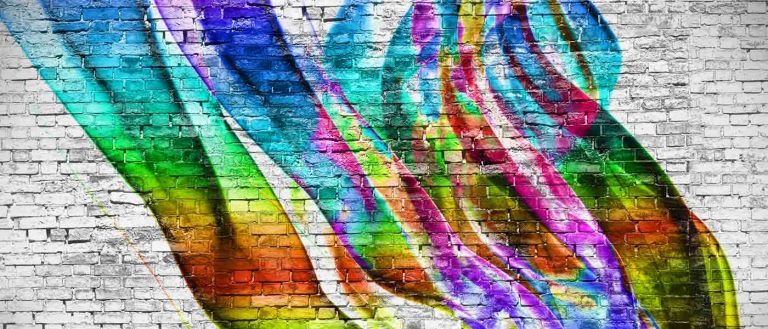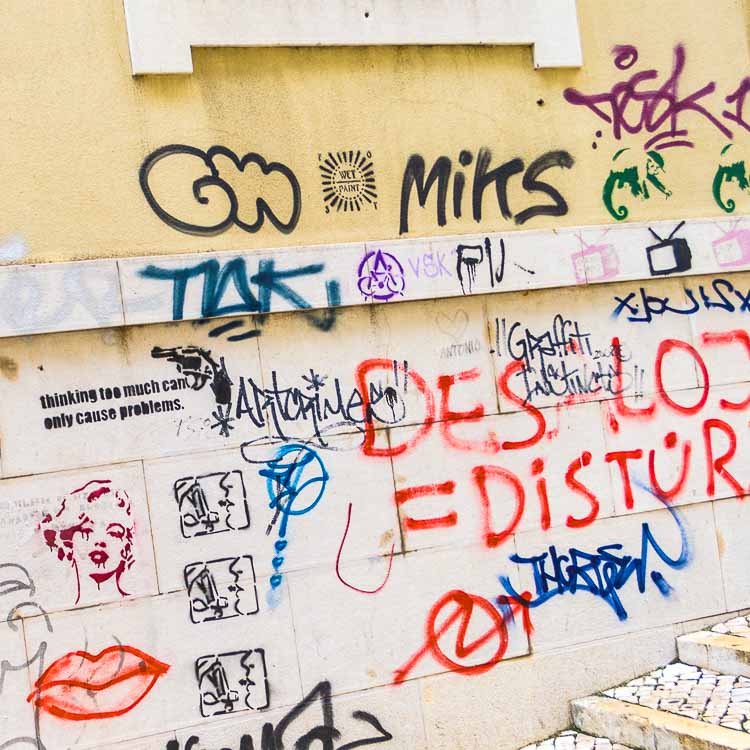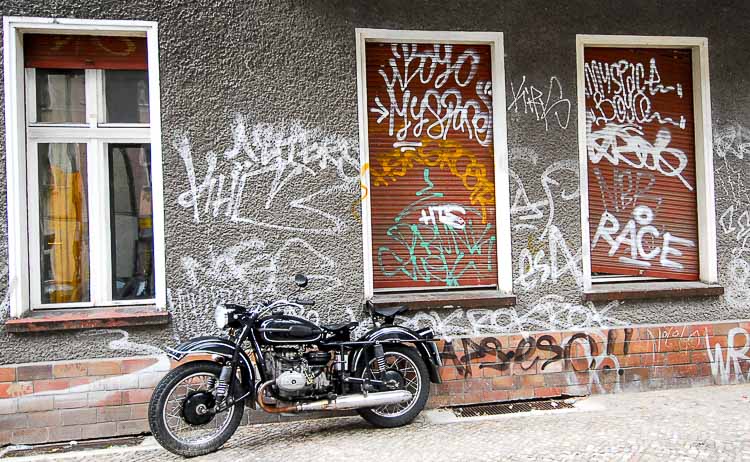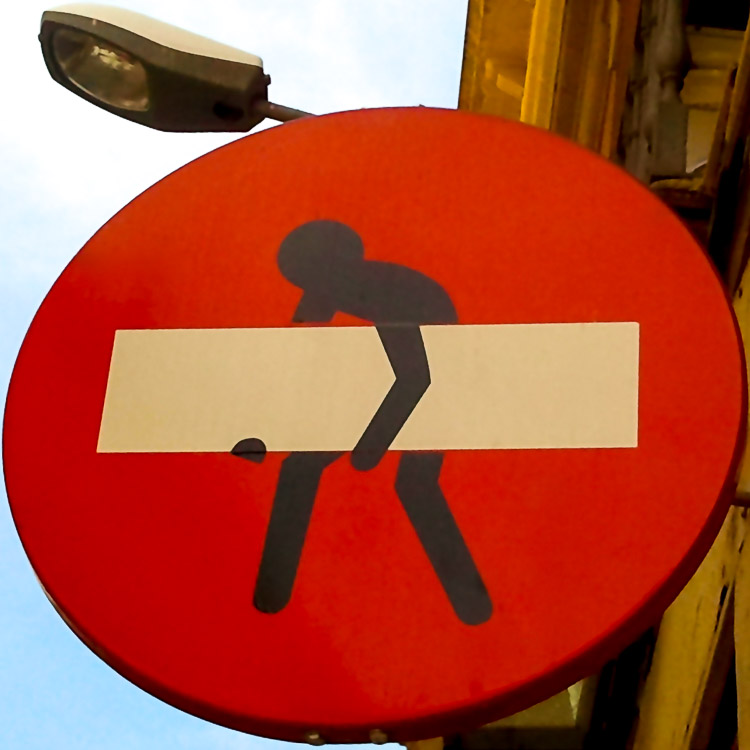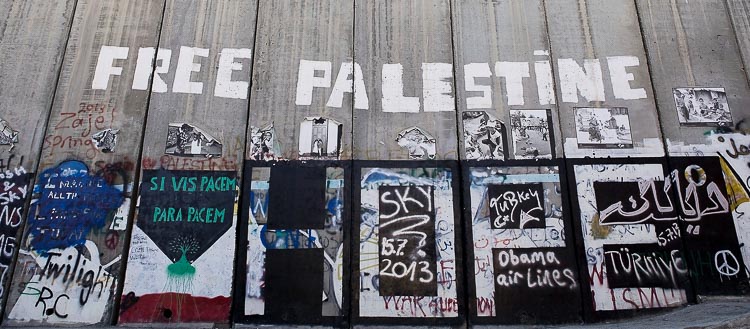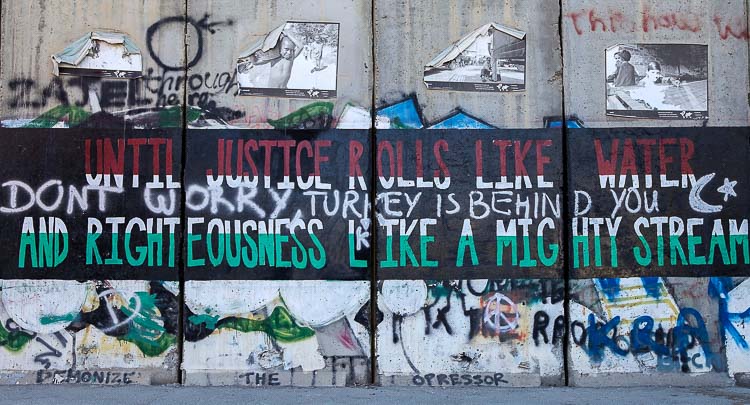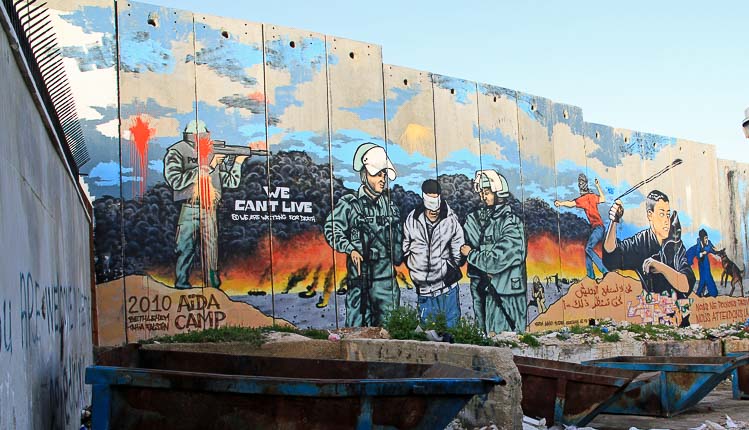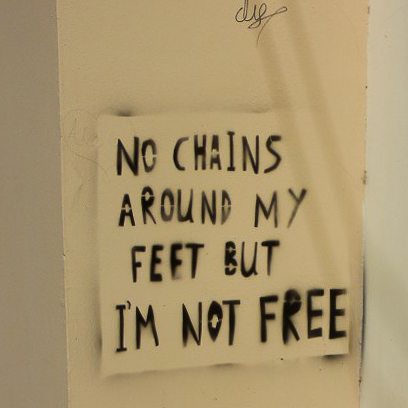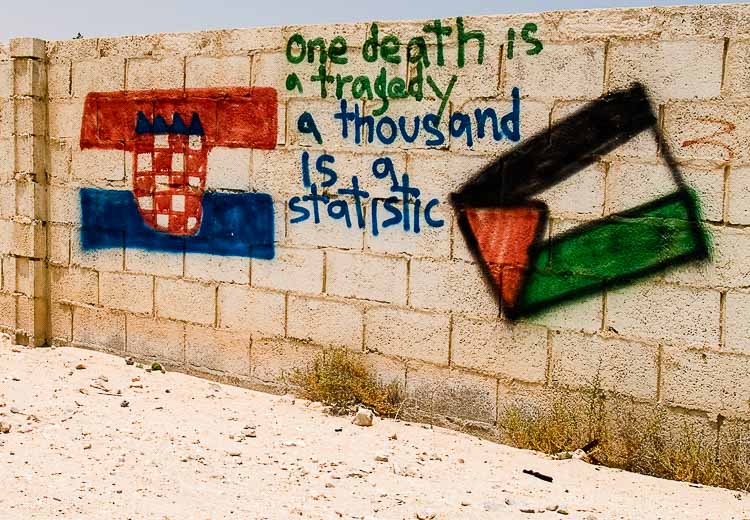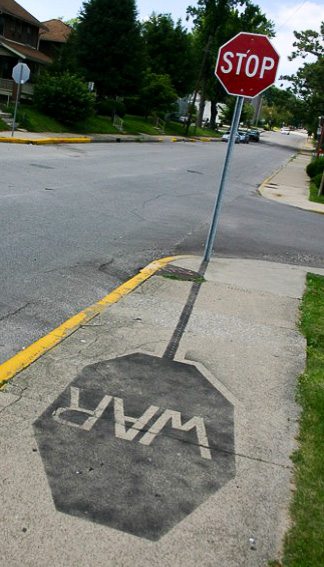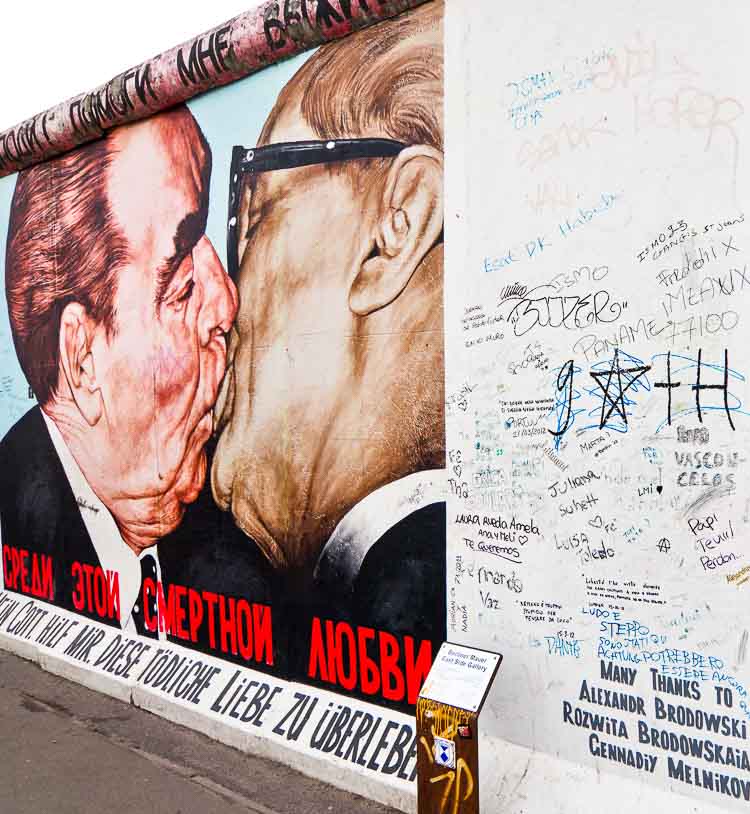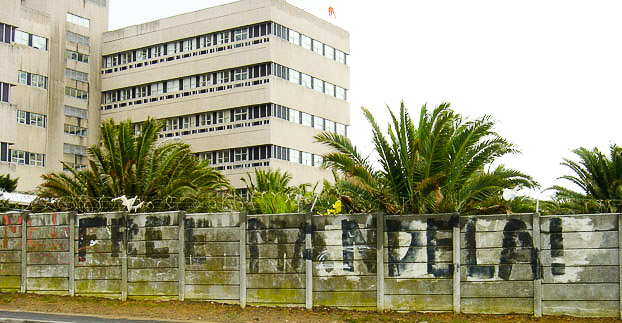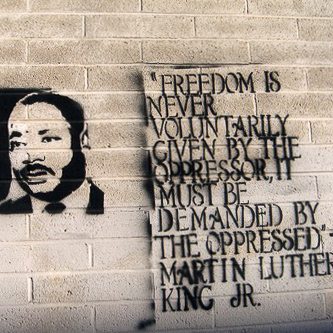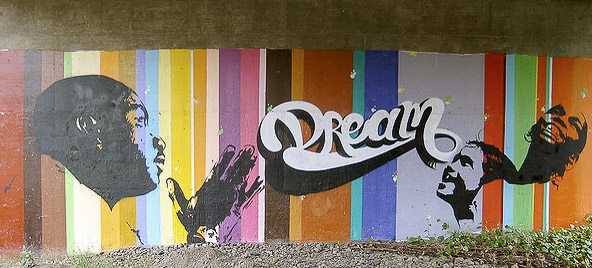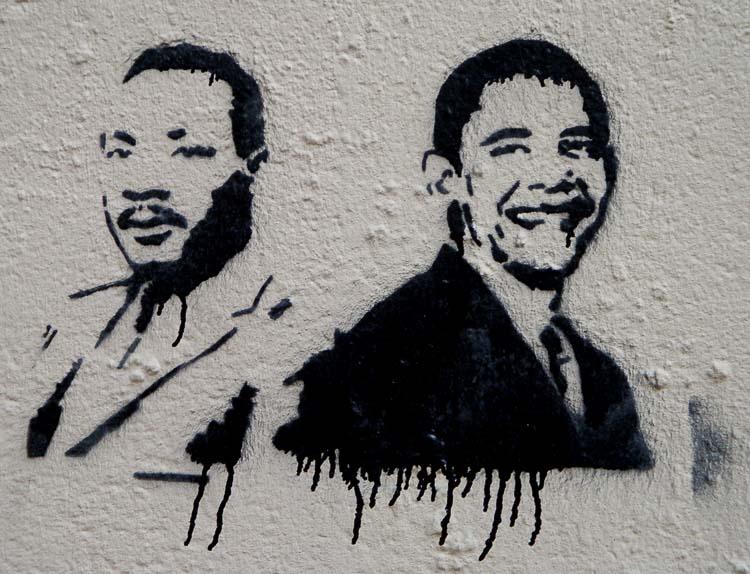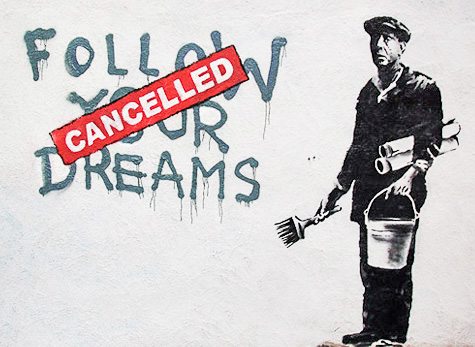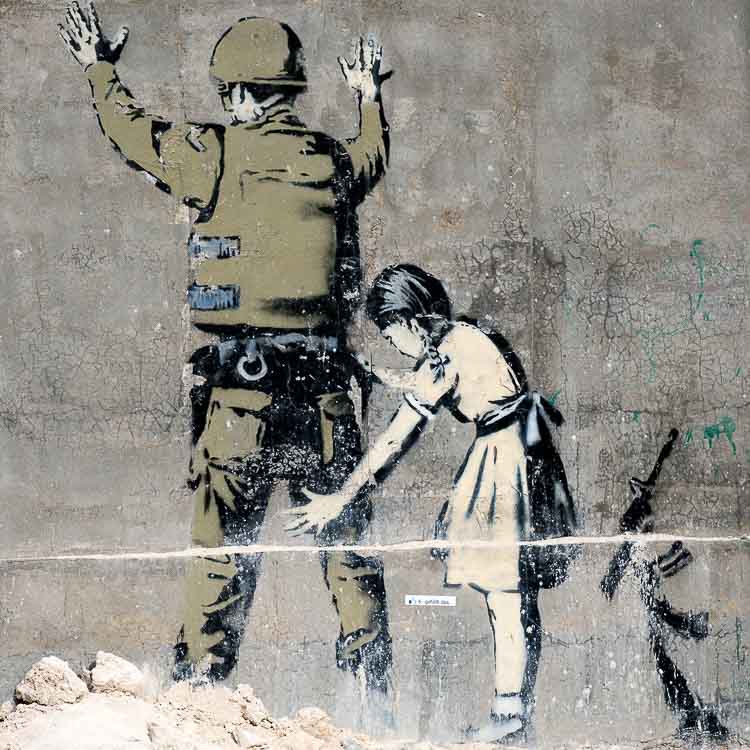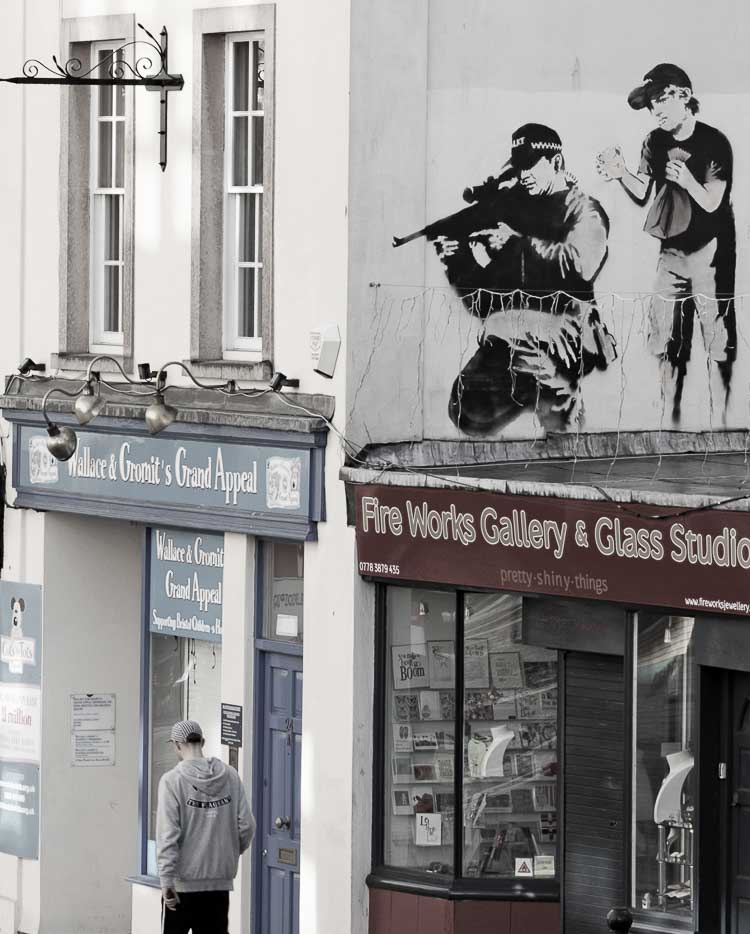Today, Graffiti Art, and its close relative Street Art, are recognised as art forms as valid as any other. They are categories in galleries and actions the world over, with names like "Banksy" accepted as legitimate parts of the Art World.
Graffiti Art can also be a powerful form of social protest, and the act of defacing can be as important as the message itself. The property forming the canvas can matter more than any artistic merit of the work itself (or lack of it).
But most people’s experience of graffiti is simple vandalism – perhaps dressed up in street language, or retrospectively justified with some social comment. But if you hear from those responsible, it's often clearly nothing to do with art really.
Unsurprisingly, the world of big business has discovered how to make serious money from Street Art and Graffiti Art - not just selling work, but in marketing.
See our examples of the different interpretations of these modern art forms, and decide for yourself if you see art, rebellion or exploitation. Or just destruction.
Street art - Fancy Name for Vandalism?
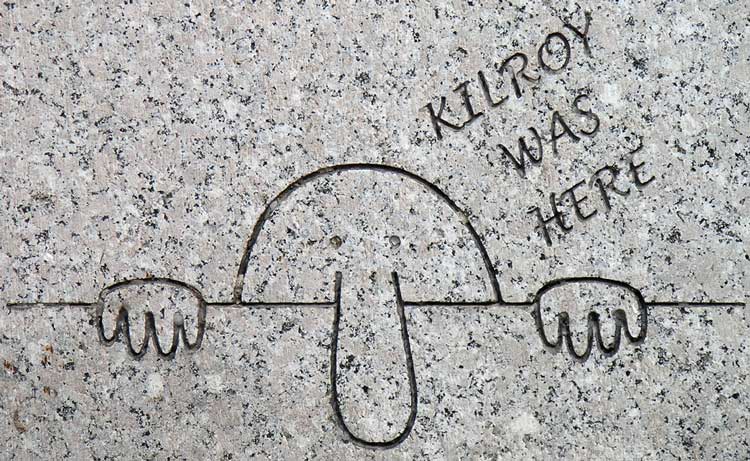
By Luis Rubio from Alexandria, VA, USA - Kilroy was here, CC BY 2.0
Graffiti is global and timeless. Every era of every corner of the world has experienced Mankind's desire to leave its mark on its surroundings, from cave paintings and school desks to buildings and bridges.
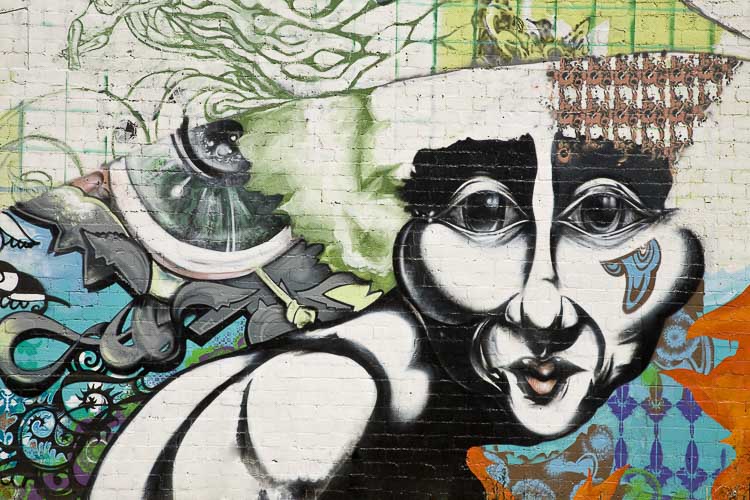
Urban graffiti art on the side of a building in downtown Phoenix Arizona (Chris Curtis / Shutterstock.com)
Sometimes it takes the form of pictures, but usually it's simple words, typically the name of the "artist". At its most basic, it satisfies a desire to leave our mark, telling people we were there.
This was brought to life in the mid 20th century with the famous American doodle "Kilroy was here", with his British and Australian counterparts Mr Chad and Foo.
Today, the most common form of graffiti is known as "Tagging", where each person has their own stylised signature which they paint wherever they can.
There's been some research into what motivates the people who create this kind of graffiti, two of the most interesting coming from Australia and England. Some admit they simply want to cause malicious destruction for its own sake, but the most common reasons given are different:
- Fame/Recognition (among peers)
- Adrenaline Rush
- Political/Emotional Expression
- Artistic Expression
Fame seems to be part of being in a group of peers, which extends to gang culture. To some, it's important to impress others with the risk involved - not just getting caught, but the difficulty of inaccessible or dangerous locations like high buildings.
An Australian interviewee expressed it like this:
“People recognise you for getting somewhere hard, like you go and it’s just like leaving your mark so that people know you’ve been there”
There's a lot of academic work on this motivation, particularly amongst US gangs. A favourite for research is the "Hip Hop" graffiti from the black neighbourhoods of New York City in the mid-1970s and 80s, alongside the emerging music scene.
One researcher claims that:
"Graffiti disrupts the orderly latticework of authority, reclaims public space for at least some of those systematically excluded from it and thus resists the confinement of kids and others within structures of social and spatial control"
But we think more people probably relate to the simpler view of an Australian graffiti artist, who is just as angry as his American counterparts, but sees the world rather differently:
"To me, it’s ****, pretending they’re arty and ****. I write on stuff coz I want to wreck stuff and you’re less likely to get caught wrecking **** with a bit of ink than you are if you smash stuff up."
We might dig into this a bit deeper another time, but for now, let's look at those who use Graffiti Art to deliver a message that's important to them.
Graffiti Art - Legitimate Social Protest?
Graffiti and street art as social protest is usually about expressing views against authorities. Validly or not, there's often an implicit view that those authorities discourage dissent or prevent normal protest.
One place where this is common is the Middle East and Africa. The West Bank is rife with both simple messages written on walls and elaborate paintings making the same point. Lebanon and Iran have thriving street art scenes, very political in nature.
Groups in Zimbabwe have made road painting their own particular form of protest through art. Perhaps the earliest protest embraced by graffiti in South Africa was demanding the release of Nelson Mandela. Meanwhile in Europe, the fall of the Berlin Wall generated plenty of graffiti art for social protest, including on what remains of the Wall itself.
In the US, the civil rights movement was probably the first time Graffiti Art became a prominent form of social protest. There, the graffiti invariably referred to images and words of Dr King, and even recent Street Art still refers to his legacy.
From the UK, renowned, anonymous street artist Banksy has taken his graffiti protests all over the world.
For us, one of the most interesting aspects of graffiti art created for social protest is that when it's done well, the art can sometimes subsume the message. It can reach the point where the protest is almost overlooked, or certainly becomes secondary, to the artistic interest.
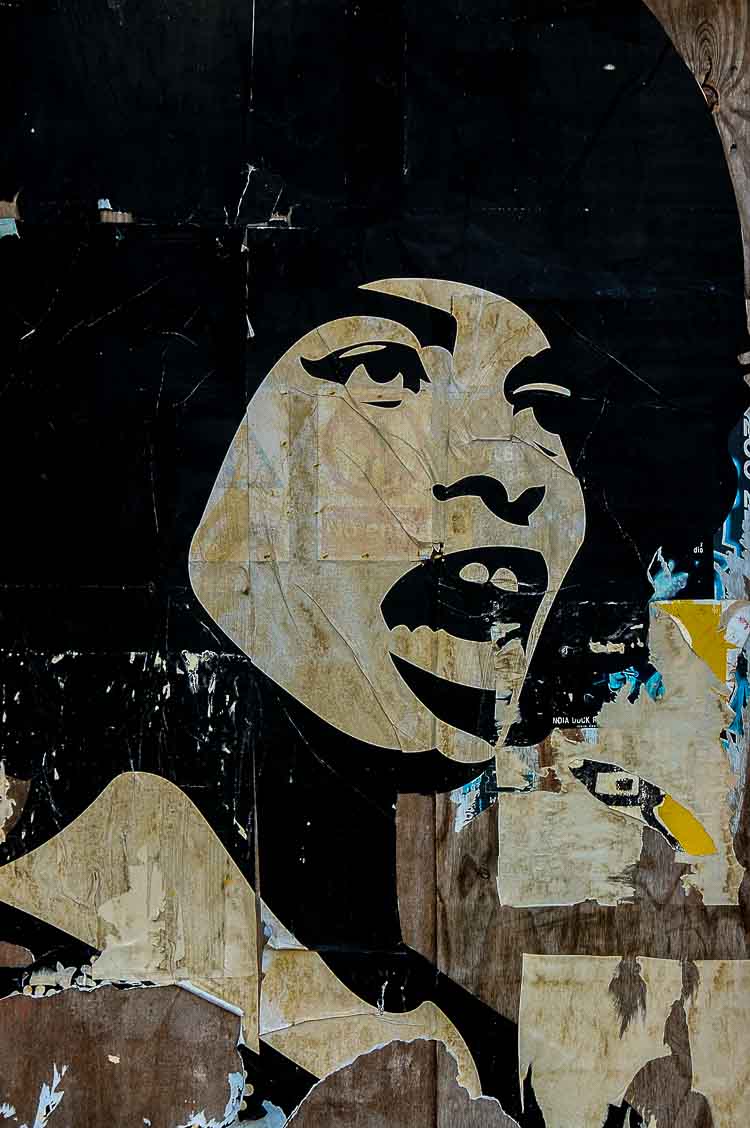
Graffiti art version of Shepard Fairey's famous protest movement portrait of activist Angela Davis
Graffiti as an authentic art form
In the research on motivation behind graffiti artists, one of the reasons cited was "artistic expression". If you look at the profiles of the individuals behind graffiti, an increasing number actually start life as art students, and consciously explore graffiti - not just the art form but the culture - for their work.
Some of these still burn with an authenticity, creating impressive art which may not be universally liked, but in our opinion should be taken as seriously as anything else that can be called art.
Some of these artists, such as Brazilian Eduardo Kobra, make a name for themselves internationally. Others prefer to remain anonymous or understated, at least for some of their Street Art. For example the grenade-headed man in Prague below.
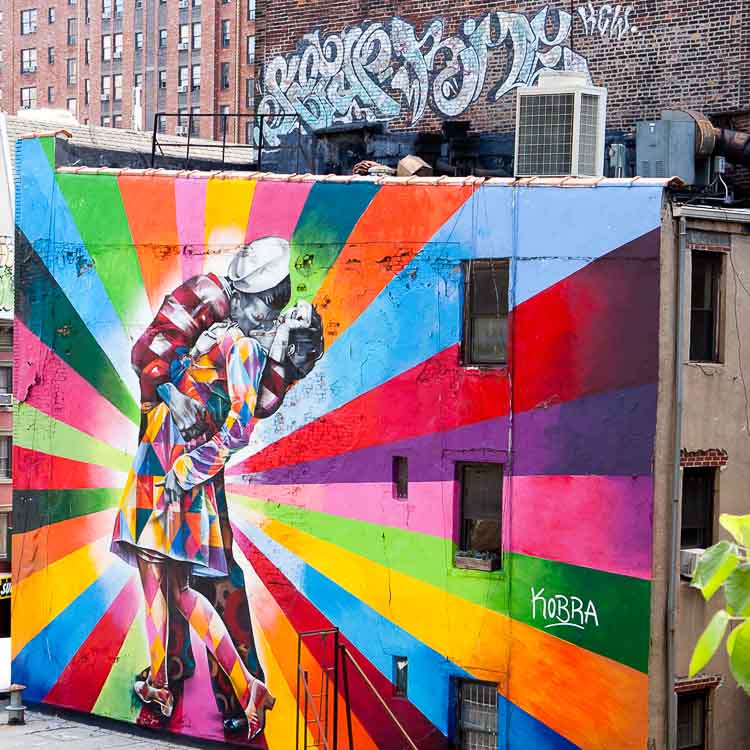
New York City graffiti art by Brazilian street artist Eduardo Kobra (istockphoto.com / mizoula)
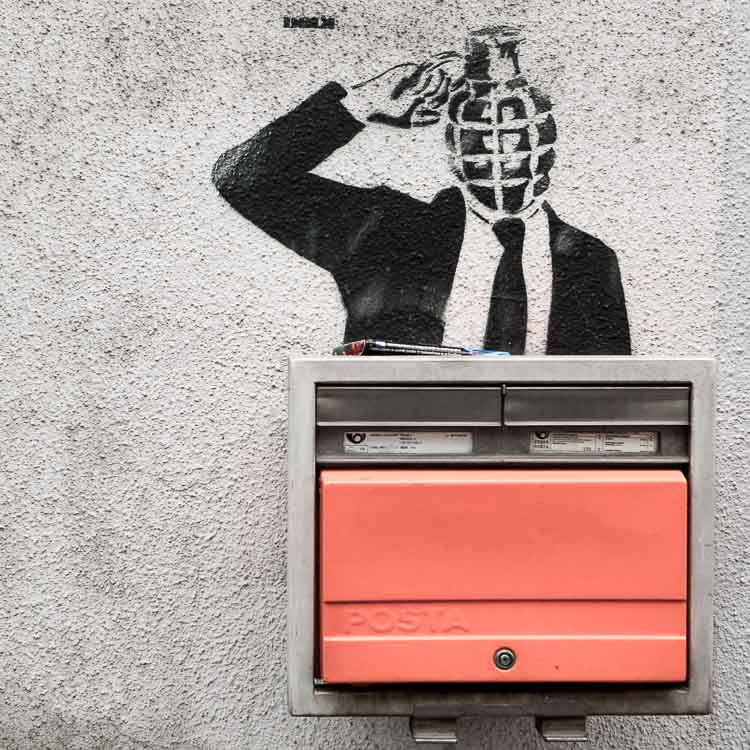
Street art from the wall of a Prague home (istockphoto.com/wrangel)
Often, the work is elevated from graffiti to Graffiti Art by the art world itself, as critics, dealers or even the public start to talk about it. There are also many exhibitions and projects - often global in scale - where a particular subject, theme or style is explored through street art.
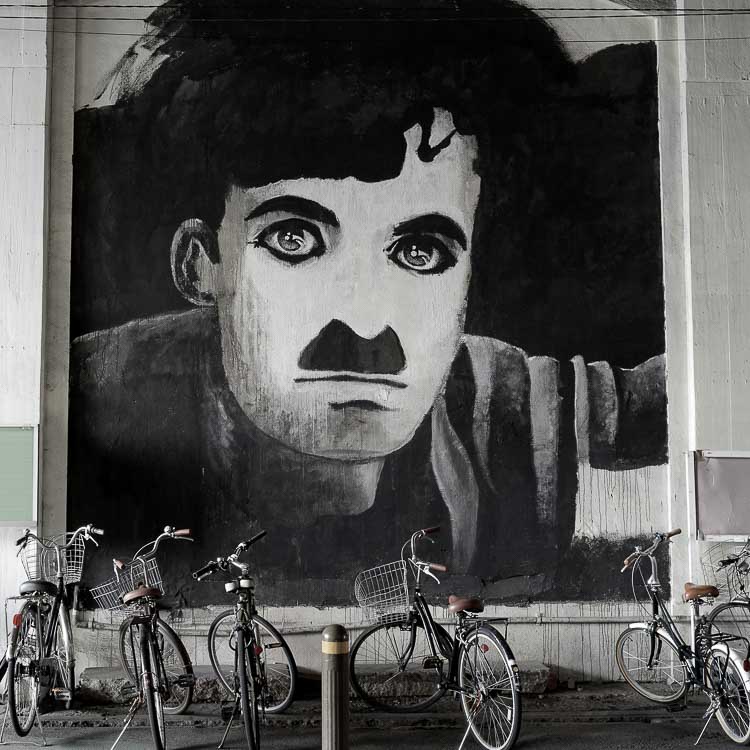
Charlie Chaplin street art on a wall of Nakatsu Station, Osaka, Japan (istockphoto.com / akiyoko)
There are a few places that have become renowned for their Graffiti Art, for example London, Berlin, New York and Barcelona. But they're not the only places to find the best examples, and they are challenged if not equalled by Tunisia, South Africa, the Czech Republic, Mexico, Brazil and Japan.
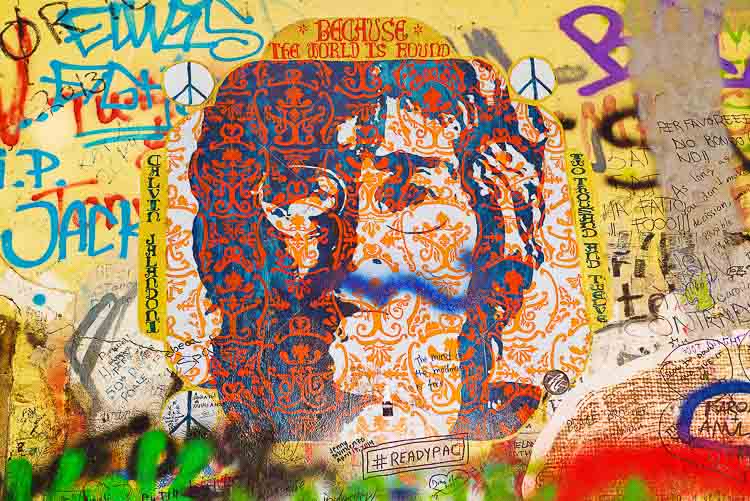
For some reason, since the 1980s, Prague has become known for Beatles inspired graffiti, such as this portrait of John Lennon. (istockphoto.com / stevanovicigor)
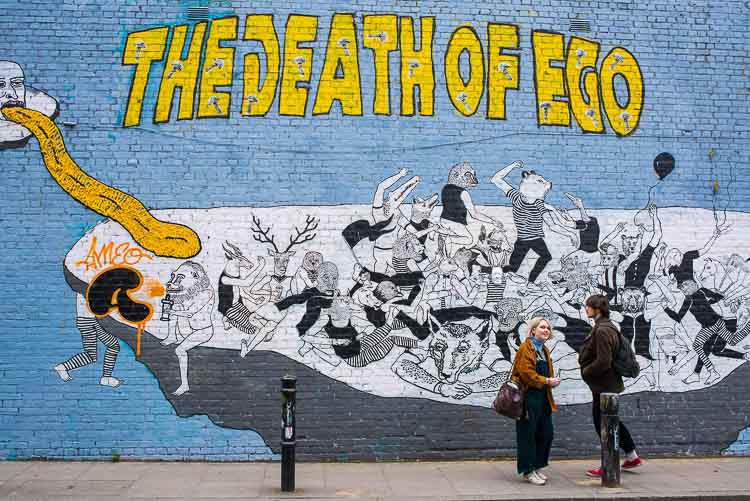
Collaboration by Pang & Christiaan Nagel in the Brick Lane area of London
We'll be doing profiles of individual artists, country graffiti art scenes and interesting global projects. But to close off this article, we'll look at how the business world has responded to the evolution of graffiti art.
the Business of of street art - who's being exploited?
There are three main ways money has started to become part of the world or Graffiti Art.
- Intrinsic value of the works themselves
- Use of street art to change attitudes towards an area or venue
- Adding "Edge" to marketing campaigns for younger audiences
Some graffiti artists are now shown in galleries and sold at auction. They're usually artists who are themselves commercially savvy, and understand how to use their chosen art form to add financial appeal.
Often, these artists have made their name and reputation by taking commissions from city authorities or developers who want to make a statement. Often this is part of looking to add some form of credibility to their location or venue, perhaps as part of a regeneration programme. Brixton and Shoreditch in London are good examples below, as are individual buildings such as the Osaka railway station above.
In other words, the same type of institutions that have previously had to clean up graffiti, and still deal with the consequences of the communities expressing themselves this way.
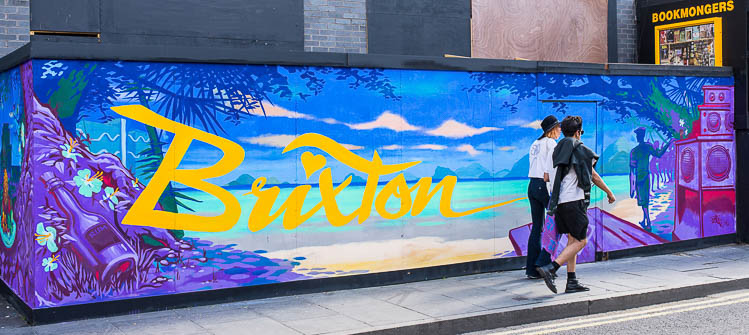
The local government authorities in Brixton, London have embraced street art
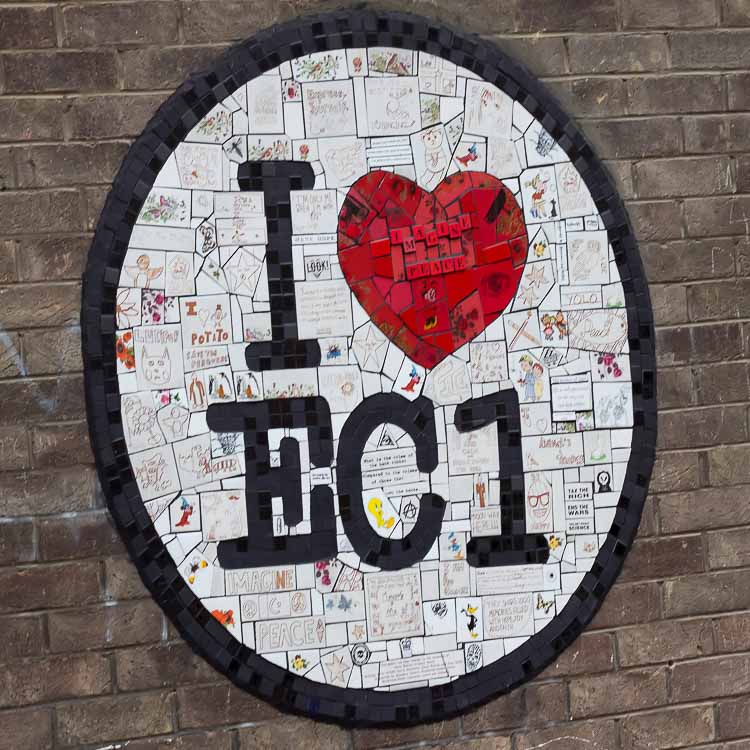
Work of children from the Prior Western Primary School, London. (istockphoto.com/MKHP)
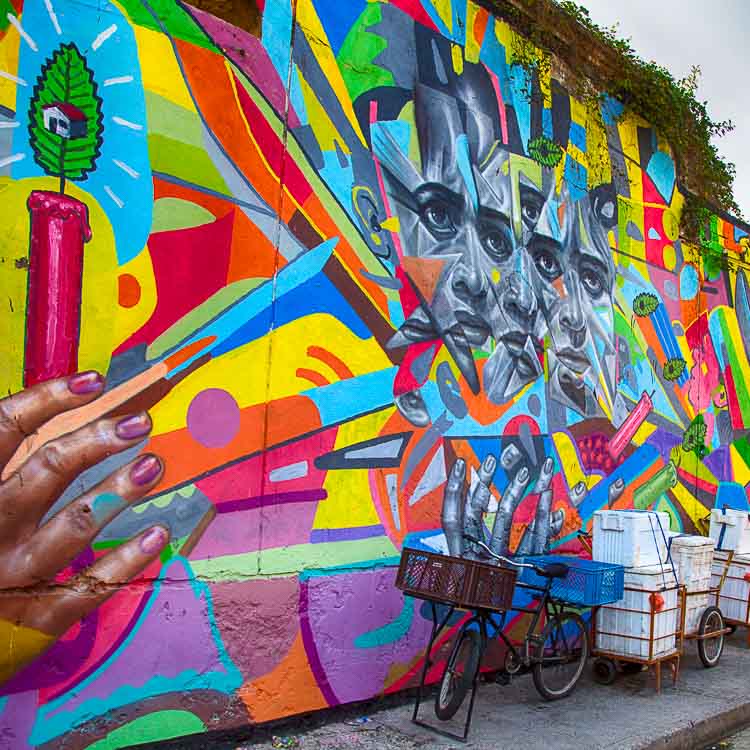
Colourful street art in the Getsemani neighborhood of Cartagena, Colombia. (istockphoto.com / Gary Tognoni)
The development we've found most curious in this space is the way big brands have looked for graffiti artists to work with them on advertising and marketing campaigns. In fact, there's now at least one agency we know of which positions itself as a provider of Street Art for campaigns and events.
Their client list includes names you'd expect, like Coca Cola, Reebok, even perhaps BMW and Sony. But we were a little more bemused to see what we thought of as more conservative corporates like Pfizer, American Express, Visa and American Red Cross . . .
We've just scratched the surface of the fascinating world of Street Art and Graffiti. But it's been an introduction we've found illuminating.
We've discovered some highly skilled work and accomplished artists, and will be looking further into their stories for future articles.
We've also had our eyes opened to how much money there is in this space, and how that's changing attitudes and perceptions.
But most of all, we've realised that this area is far more complex than we'd assumed, despite knowing a little about people like Banksy. Even the kids that spend their nights spraying their names on railway bridges can't be dismissed, and we found ourselves reminded of our piece on Ancient Art and other articles discussing why we create art.
We hope this has given you something new to think about, and we'll be following up with more on it, now we've discovered the space.


